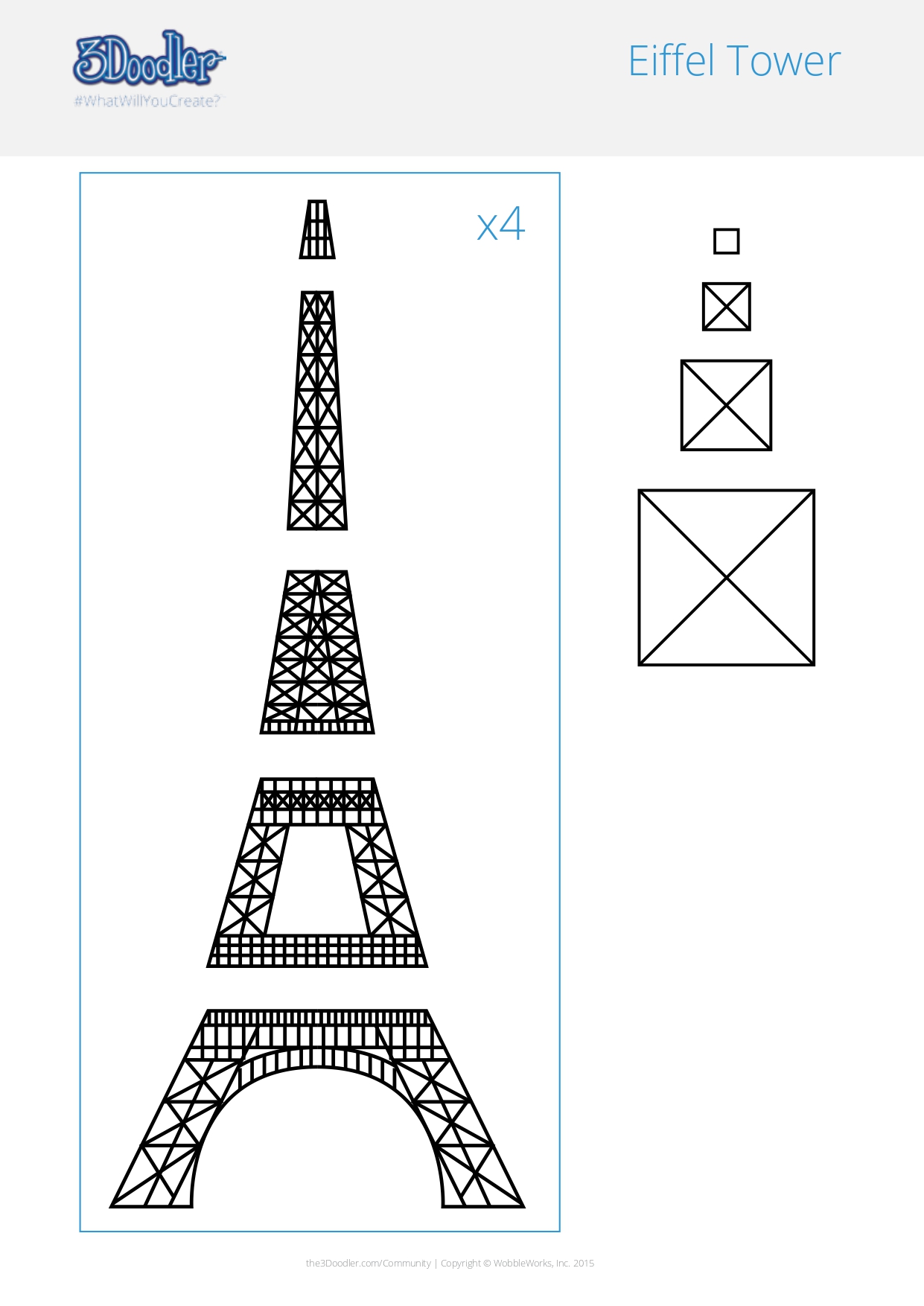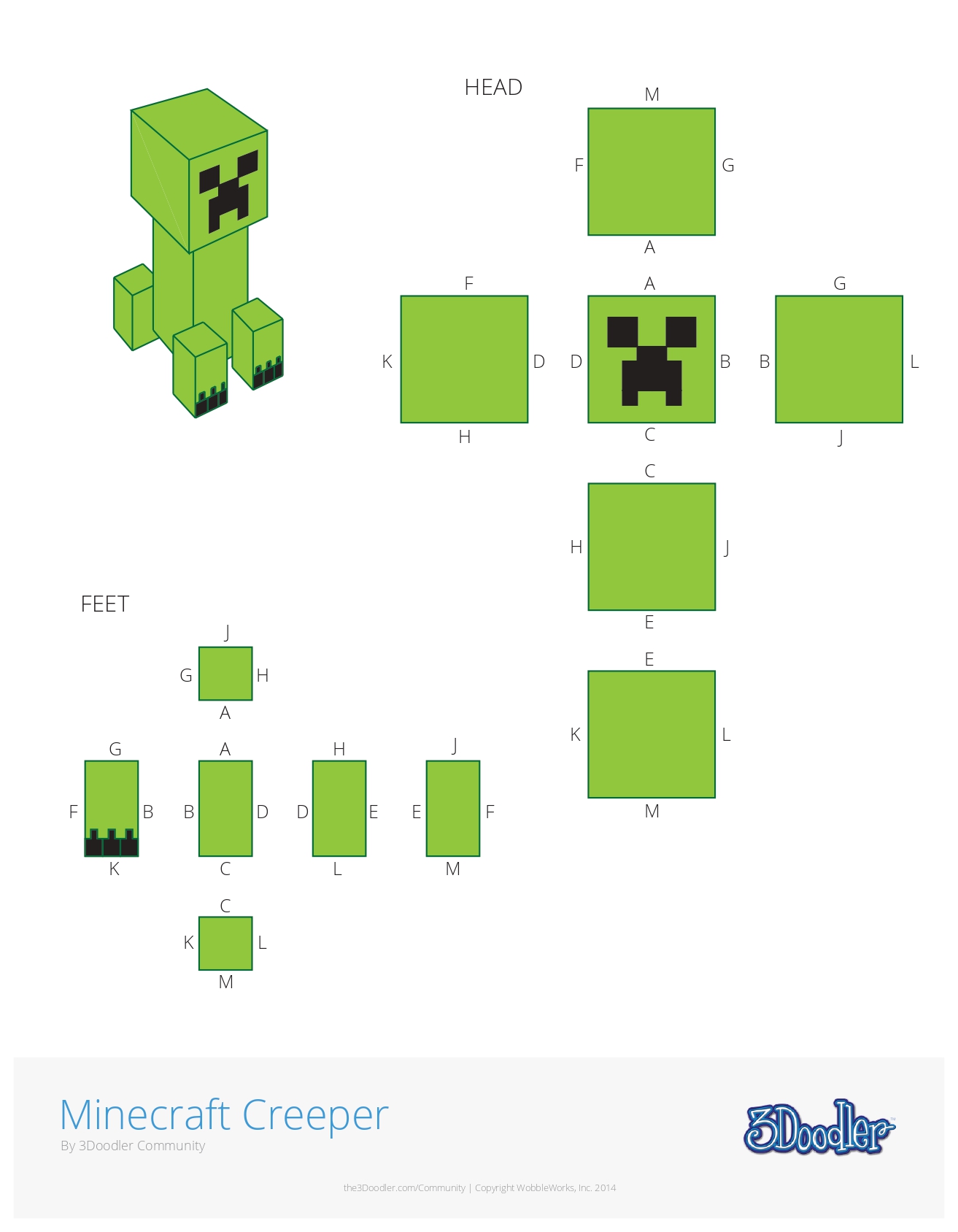

The distance to the mid point is how far away we want to position the hook from the edge of the board.įor the first template we need to measure the height and the width as well as the radius of the corners. Next we have to type in the dimensions of the guide bushing and the routerbit we are using so that we can calculate the offset. In my experience having half a millimeter to play with – so 0.25 mm on either side works quite well.

It is the wiggle room that we need in order to fit two pieces together. The first one might be the most important one. In FreeCAD we create a spreadsheet that contains all the relevant parameters. The file can be found at the end of the article in the resource section. It all starts in the office with taking measurements and developing a CAD model in FreeCAD. Designing 3d printed templates for routing the shape Next I run the board through the thickness planer to get two flat surfaces.Īs I do have a CNC I throw the board on the bed and let the CNC do its job.īut while the CNC is working let’s look at an alternative method on how to get this job done with no CNC at hand – using 3d printed templates. On the jointer I create one flat side and one straight edge. I cut the board to the approximate length on the miter saw. In this article I will show you a method how to use 3d routing templates to create this shape without a CNC.īefore getting to the routing we have to prepare the board. However I don’t like the aesthetic of the lip sitting proud on the surface. They sit in a 16 mm wide slot that is easy to route as the lip is covering up all the mistakes. These hooks are designed for installation with a router and a 16 mm bit. I would like to replace this awful broken hook with a nice thick oak board that has several of these hooks.

In our bathroom we have a hook that has seen already better days. In this article we will use 3d printed templates to route a very precise pocket with multiple depths – with no CNC.


 0 kommentar(er)
0 kommentar(er)
